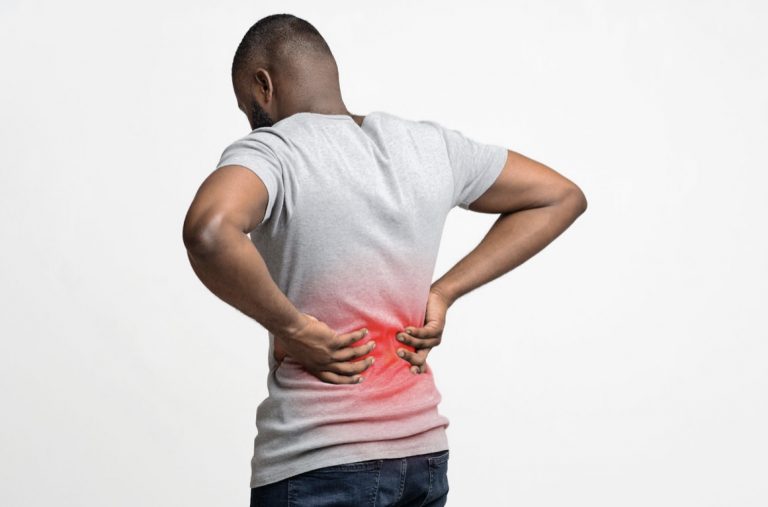If your doctor has approved a spinal cord stimulator for chronic pain management, you’ll have to undergo a trial period before receiving the full therapy. The goal of the trial is to ensure that spinal cord stimulation will be an effective form of treatment before a permanent generator is implanted. While spinal cord stimulation is very effective for many people, it doesn’t work for everyone.
Keep reading to learn more about what you can expect during the trial period.
Who Is a Good Candidate?
Before recommending spinal cord stimulation, your doctor will perform an extensive workup to determine if you’d be a good candidate. He or she will look at your medical and treatment history and imaging exams, as well as ask you to describe your symptoms and how they impact your daily life.
Good candidates are those who have fully exhausted conservative treatments without finding adequate relief. In some cases, patients may have undergone a spine surgery that was unsuccessful. And in other cases, patients may be seeking to avoid invasive surgery.
The following conditions may respond well to stimulation therapy:
- Chronic back pain
- Failed back surgery syndrome (FBSS)
- Sciatica
- Spinal cord injuries
- Arachnoiditis
- Non-spine related conditions: angina, diabetic neuropathy, peripheral vascular disease, complex regional pain syndrome, post-amputation pain
What to Expect During the Trial Period
The FDA strongly recommends that all patients undergo a trial period before receiving a permanent spinal cord stimulator. During the trial procedure, your surgeon will inject a hollow needle to access the target area of the spine and attach electrodes in the epidural space surrounding the spinal cord. The electrode wires are connected to an external generator pack that sends electrical impulses directly into the spine.
After the procedure, you’ll be given a handheld controller that you can use to adjust the amount of stimulation you need. The procedure isn’t long and requires minimal recovery. You’ll be able to return home the same day.
What to Do During the Trial Period
The trial period will last from 5-7 days on average. During this time, you can practice adjusting the controller and documenting how well the therapy provides relief. Your doctor will probably ask you to record your pain relief levels during different times of the day and different activities.
What Happens After the Trial Period?
After the trial period, you’ll consult with your doctor to determine whether or not the stimulator provided sufficient relief to warrant a permanent placement. If you find significant daily relief from the therapy, your doctor will approve permanent generator implantation, which will require a second minimally invasive, outpatient procedure.
Are You Interested in Spinal Cord Stimulation?
If you’re living with chronic back pain, reach out to BEST Health System to find out if you’re a good candidate for spinal cord stimulation. Please call us today to speak with a dedicated patient coordinator.
